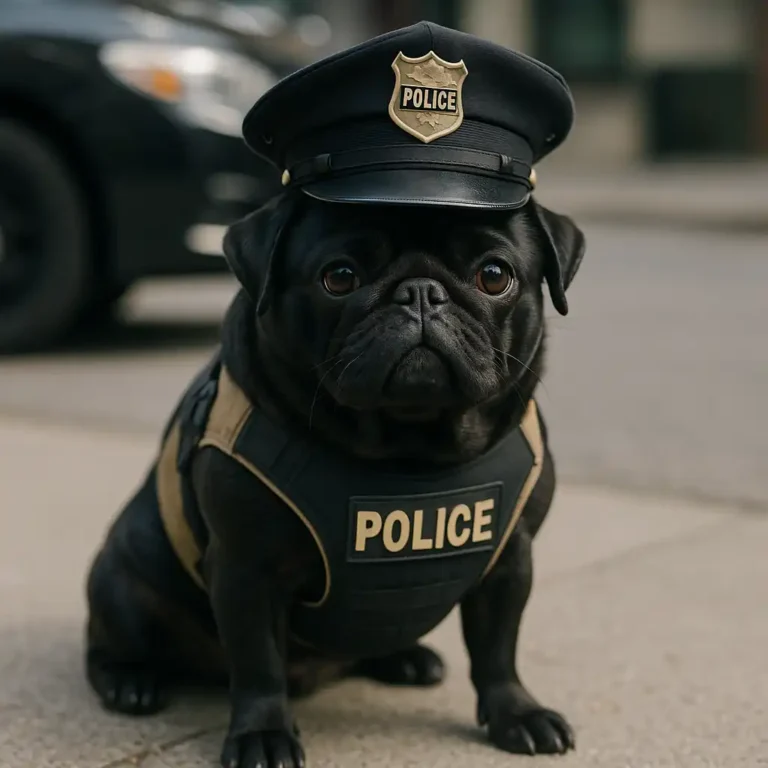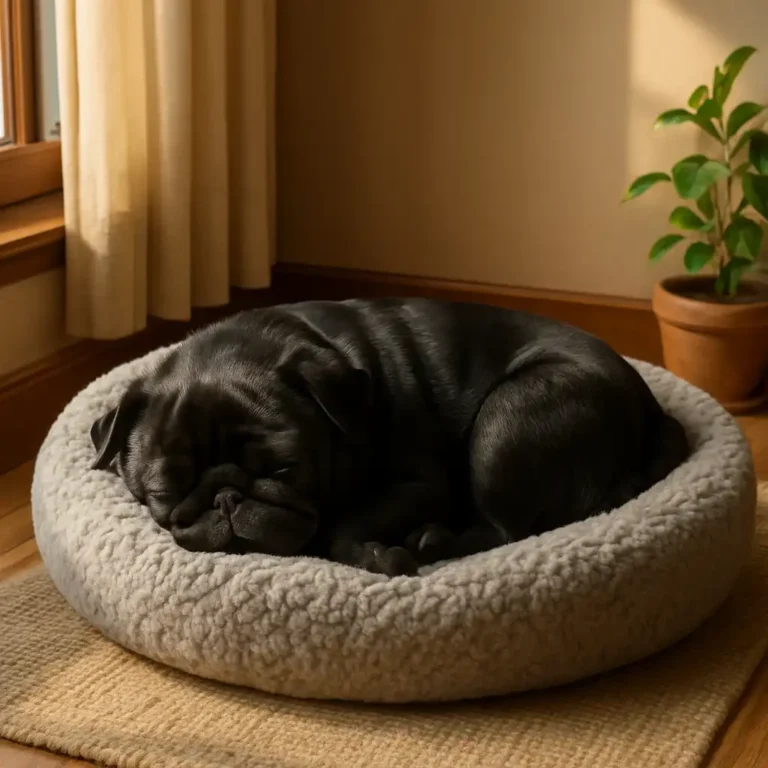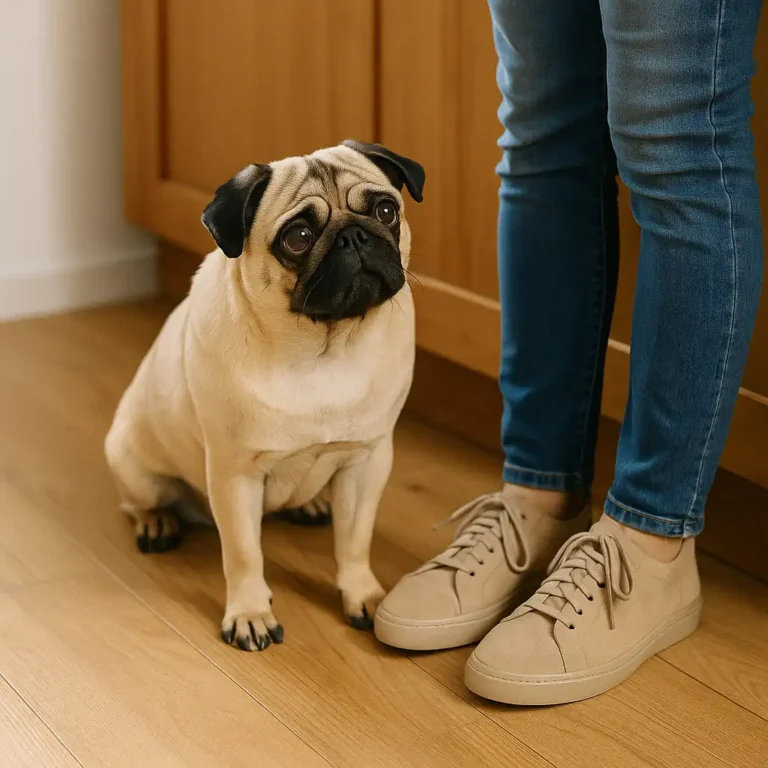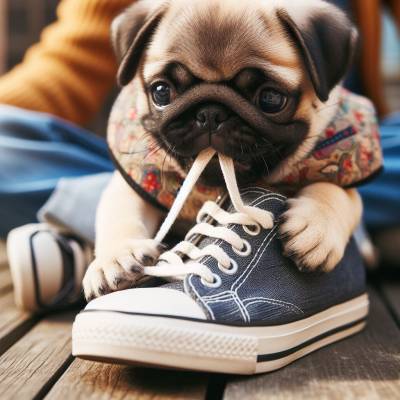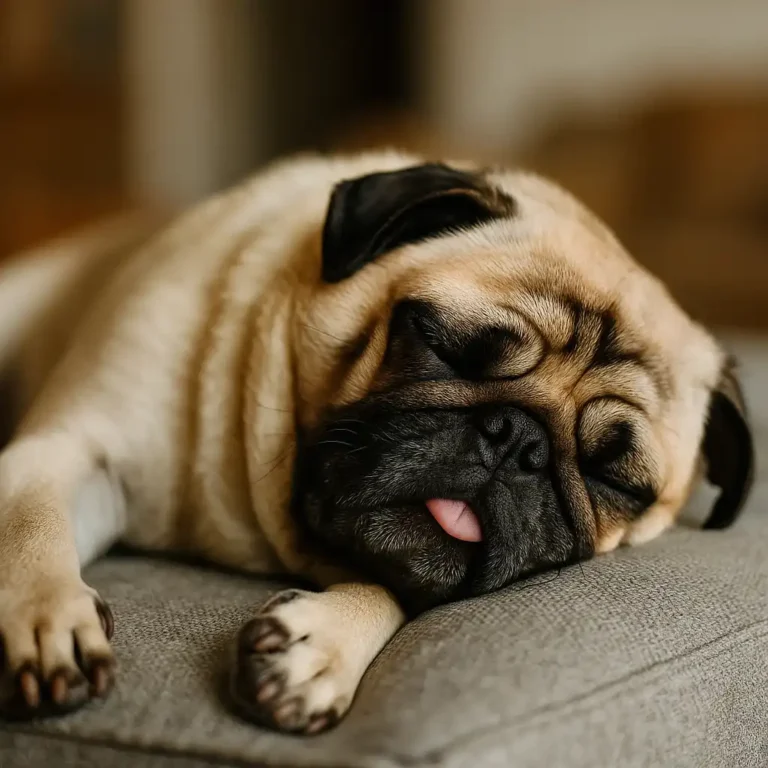How to Stop My Pug from Peeing in the House: Practical Tips That Actually Work
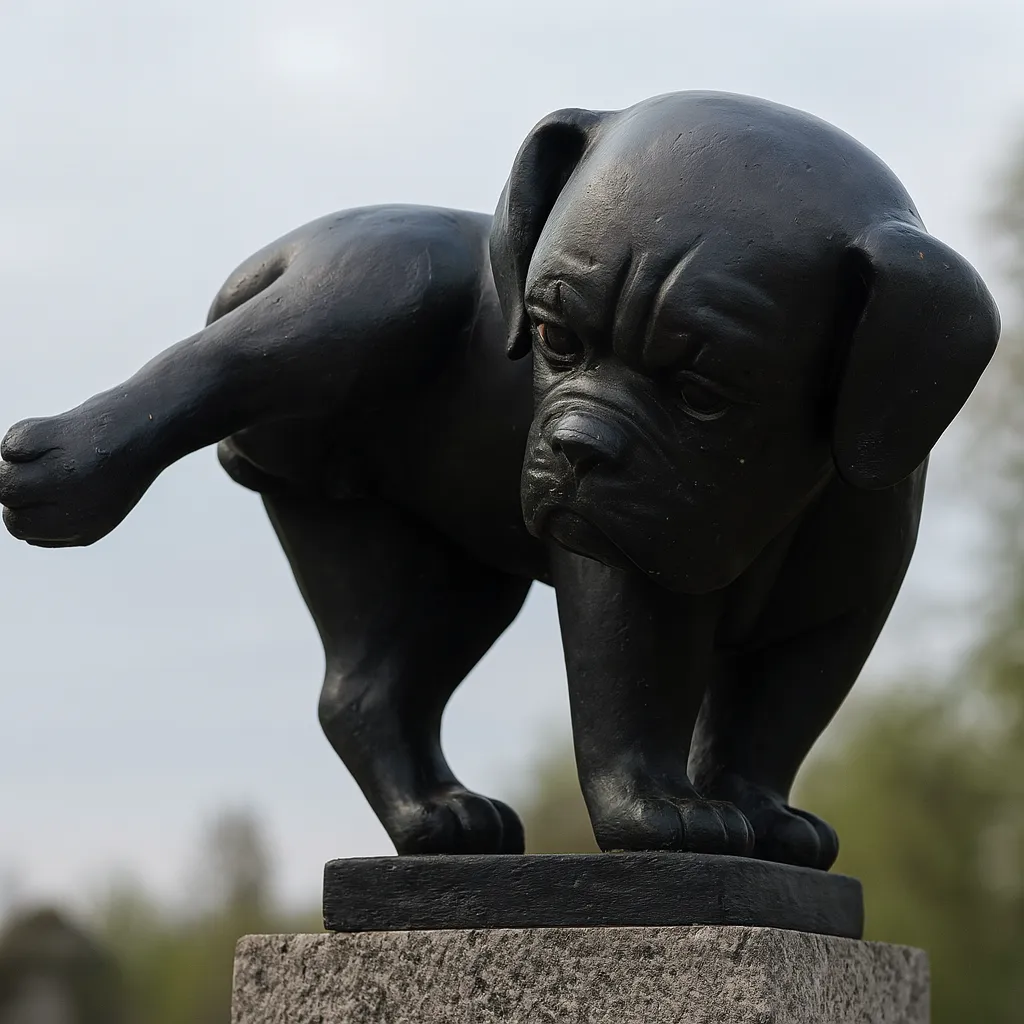
Dealing with indoor accidents can be frustrating, but you’re not alone—many pug owners face this issue, especially during training stages or after changes in routine. Whether your pug is a young pup or a senior starting to slip, there are several practical ways to guide them back to consistent potty habits.
Pugs are smart, affectionate, and eager to please. But they’re also known for being a bit stubborn, especially when it comes to house training. Let’s break down the common causes of indoor peeing and how to get things under control.
Why Pugs Pee in the House
Sudden accidents aren’t always a training issue. Sometimes they’re a sign of something medical, like a urinary tract infection or bladder inflammation. If your pug starts peeing indoors out of the blue, it’s a good idea to check in with your vet first.
Once health concerns are ruled out, look at any recent changes. Pugs often respond to stress—like new schedules, travel, or unfamiliar environments—by reverting to old habits. According to pug forums and behavior specialists, even shifting mealtime can cause disruptions in potty routines.
Stick to a Consistent Schedule
Routine is everything. Pugs thrive when they know what to expect and when. Feeding, walking, and potty breaks should happen at the same times every day. First thing in the morning, after naps, and 15–30 minutes after meals are key moments to take them outside.
Some owners in the pug community say that pairing potty breaks with verbal cues—like “go potty” or “do your business”—helps reinforce the routine. Over time, your pug will learn to associate the phrase with the action.
Focus on Positive Reinforcement
Pugs are sensitive dogs. Yelling or punishing after an accident can backfire, making them nervous or sneaky about where they go. Instead, catch them in the act of doing it right—outside, on schedule—and reward them immediately.
Treats, praise, even a happy tone of voice can go a long way. Many pug owners report faster results when they’re generous with praise during those early weeks of training.
Crate Training and Pad Backups
Crates can help teach bladder control, especially for puppies or pugs with separation anxiety. The key is using the crate as a safe, comfortable space—not punishment. It should be just large enough for your pug to lie down and turn around, not so roomy that they can go potty in one corner.
For those living in apartments or dealing with mobility issues, indoor potty pads are a decent option. Some pug owners use them long-term as a backup for older pugs who can’t always wait.
Conclusion
Getting your pug to stop peeing in the house takes patience, consistency, and a gentle approach. Health checks, predictable routines, and positive reinforcement are your best tools. Whether you’re working with a new puppy or helping an older pug adjust, small adjustments can make a big difference.

